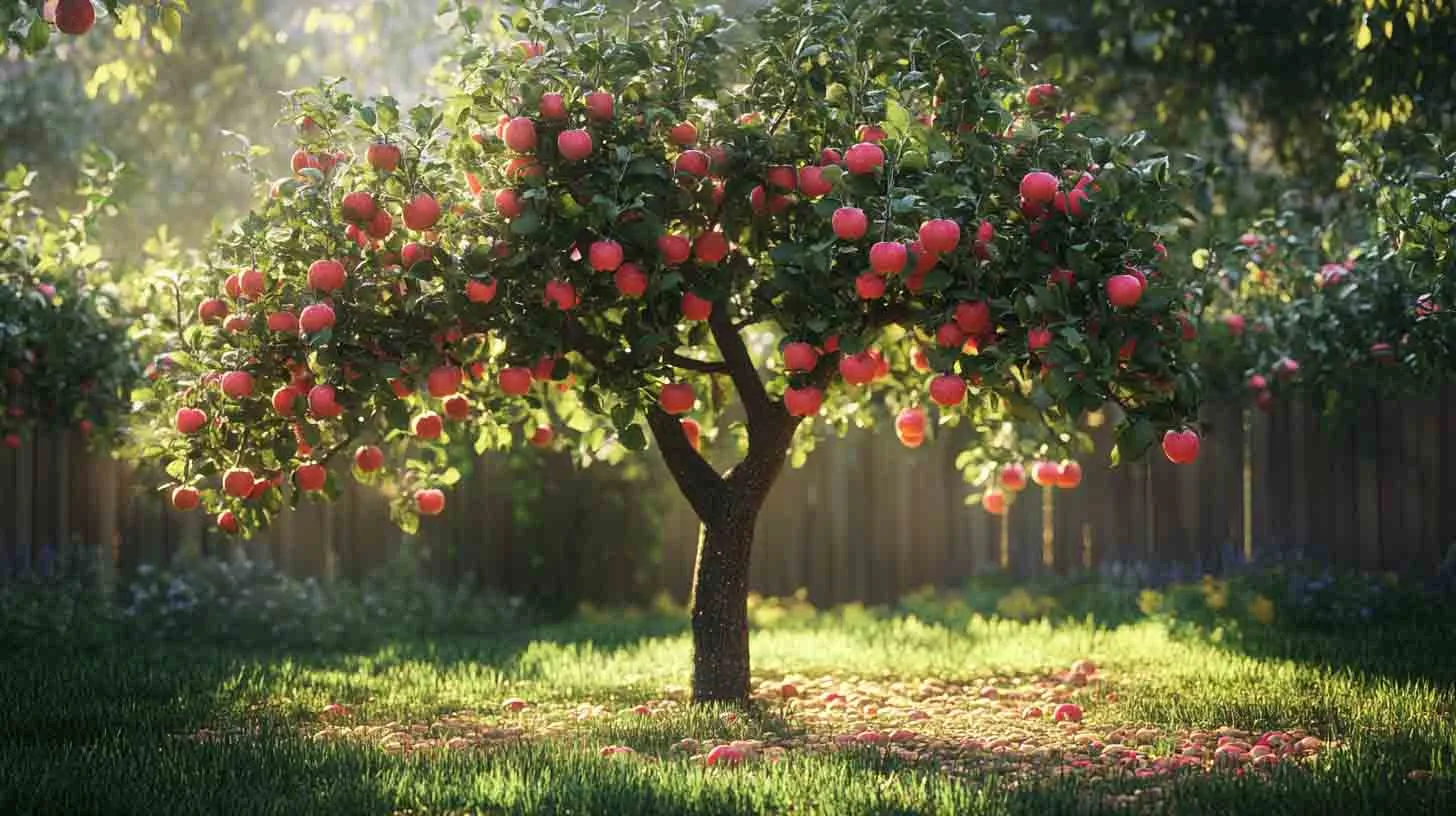If you live in Texas like I do, you already know, the weather here is no joke. Summers can be blistering, winters swing wildly, and the soil?
Well, it has a personality of its own. But let me tell you something…
Growing fruit trees in Texas is totally doable , and super rewarding. You just need the right ones.
I’ve tried and failed with a few (looking at you, fig tree that gave up in June), but I’ve also discovered some total gems that thrive in this wild Texan climate.
So if you’re itching to turn your backyard into a fruity paradise, stick around , I’m spilling all my favorites, from juicy peaches to rugged pomegranates.
1. Peach Trees
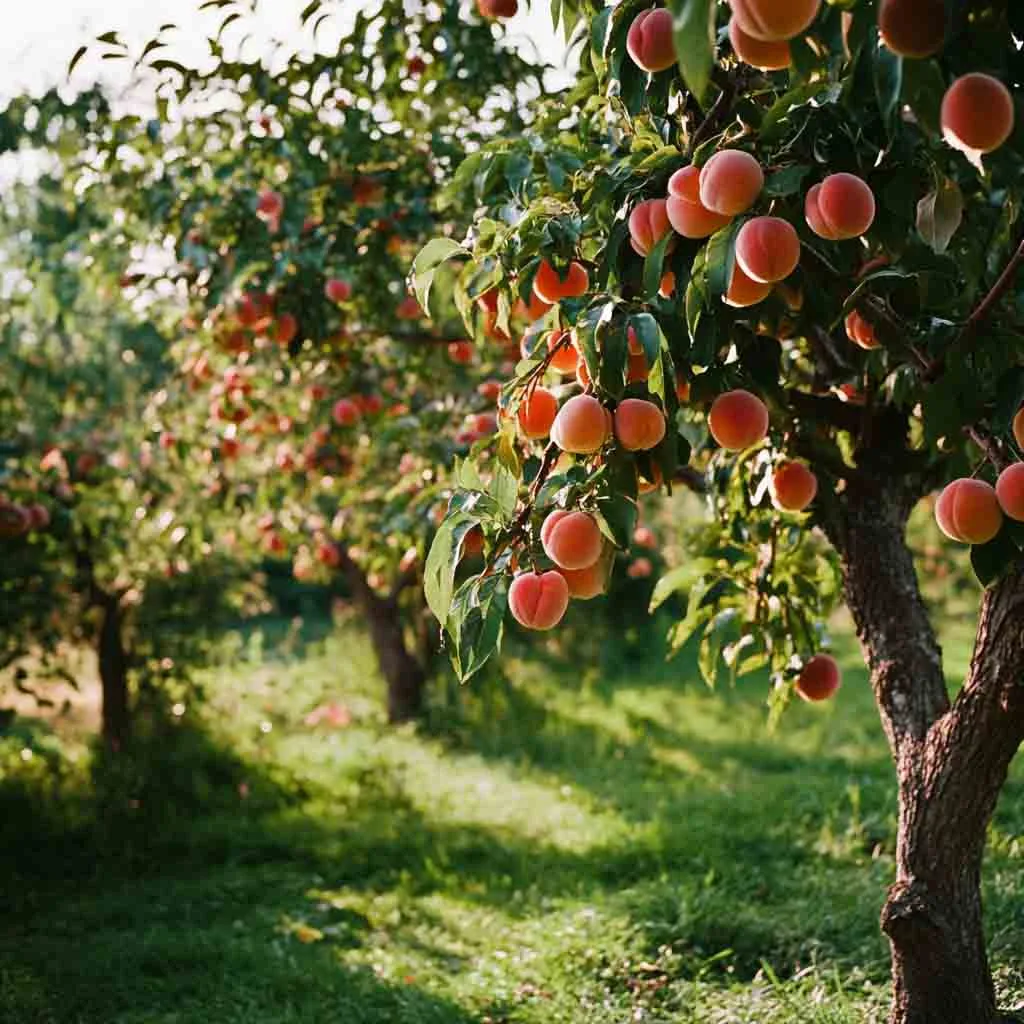
Ah, peaches — probably my top favorite. And good news? Peach trees LOVE Texas.
I planted mine in the early spring and by year two, I was picking sun-warmed, fuzzy little miracles.
Why They Work in Texas:
- Thrive in hot summers and mild winters
- Need full sun and well-drained soil
- Low-chill hour varieties like ‘Harvester’ or ‘TexStar’ are ideal
Tips:
- Prune in winter to shape and encourage fruit
- Protect from late frosts during bloom
- Watch for pests like peach borers , they’re sneaky
2. Fig Trees
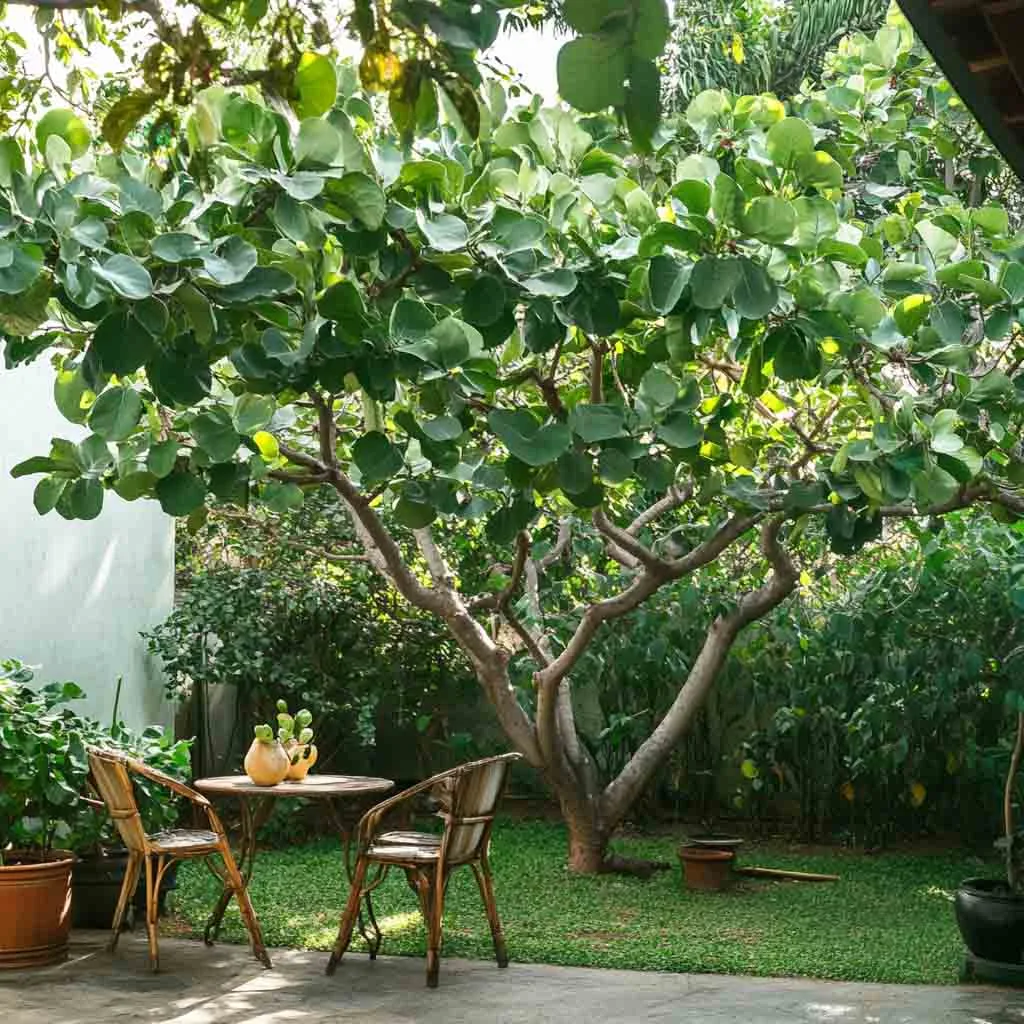
Fig trees are like the chill neighbor who just gets along with everyone. Drought? No biggie. Bad soil? They’ll make it work.
I put one in the corner of my yard and it just did its thing, year after year.
Why You’ll Love Them:
- Tolerate heat, drought, and poor soil
- Grow well in Zones 7–10 (perfect for most of Texas)
- ‘Celeste’ and ‘Texas Everbearing’ are my go-to varieties
Tips:
- Plant in spring or early fall
- Mulch heavily to retain moisture
- They don’t love overwatering , keep it moderate
3. Pomegranate Trees
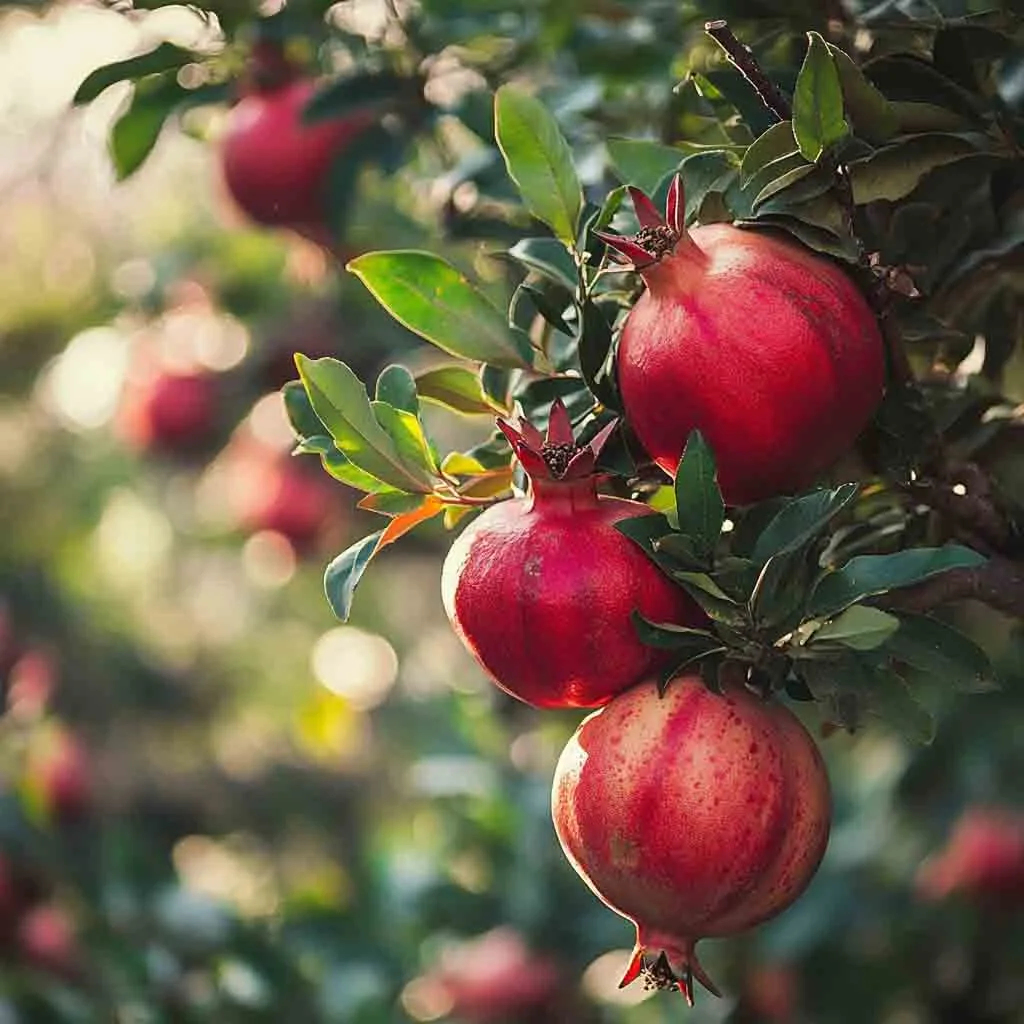
Want something that feels a little exotic but still totally Texan-tough? Pomegranates are your pick.
These shrubs (or small trees) are tough as nails and laugh in the face of drought.
What Makes Them Great:
- Prefer hot, dry climates
- Very low maintenance
- ‘Wonderful’ and ‘A.C. Sweet’ do especially well
Tips:
- Give them room , they like to sprawl
- Full sun is non-negotiable
- Minimal pruning needed unless shaping
4. Persimmon Trees
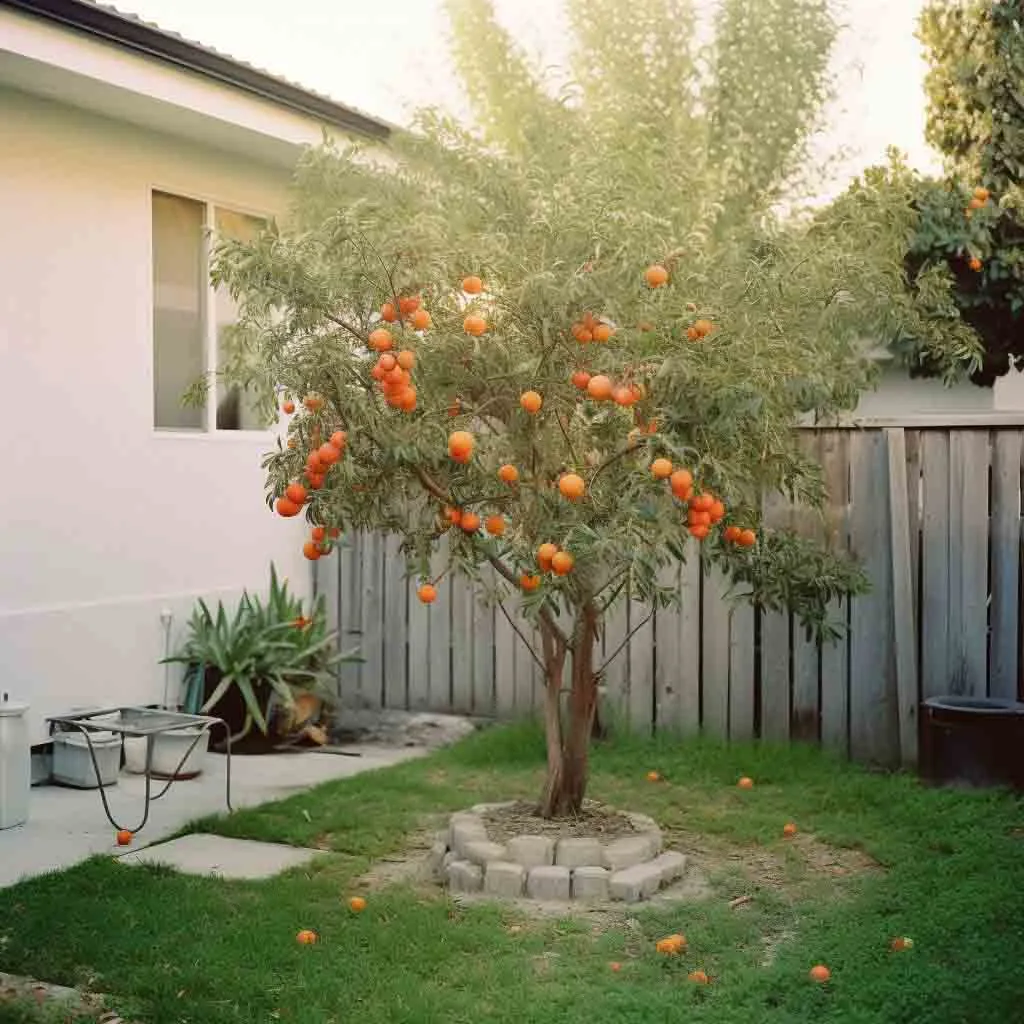
If you’ve never bitten into a ripe, jelly-soft persimmon, you’re missing out. And the tree? Practically bulletproof in Texas conditions.
Standout Features:
- Handle heat and poor soil like champs
- American and Asian varieties both do well
- Low pest and disease pressure
Tips:
- Plant in fall or spring
- Give them space , they grow tall
- Wait for full ripeness before picking
5. Plum Trees
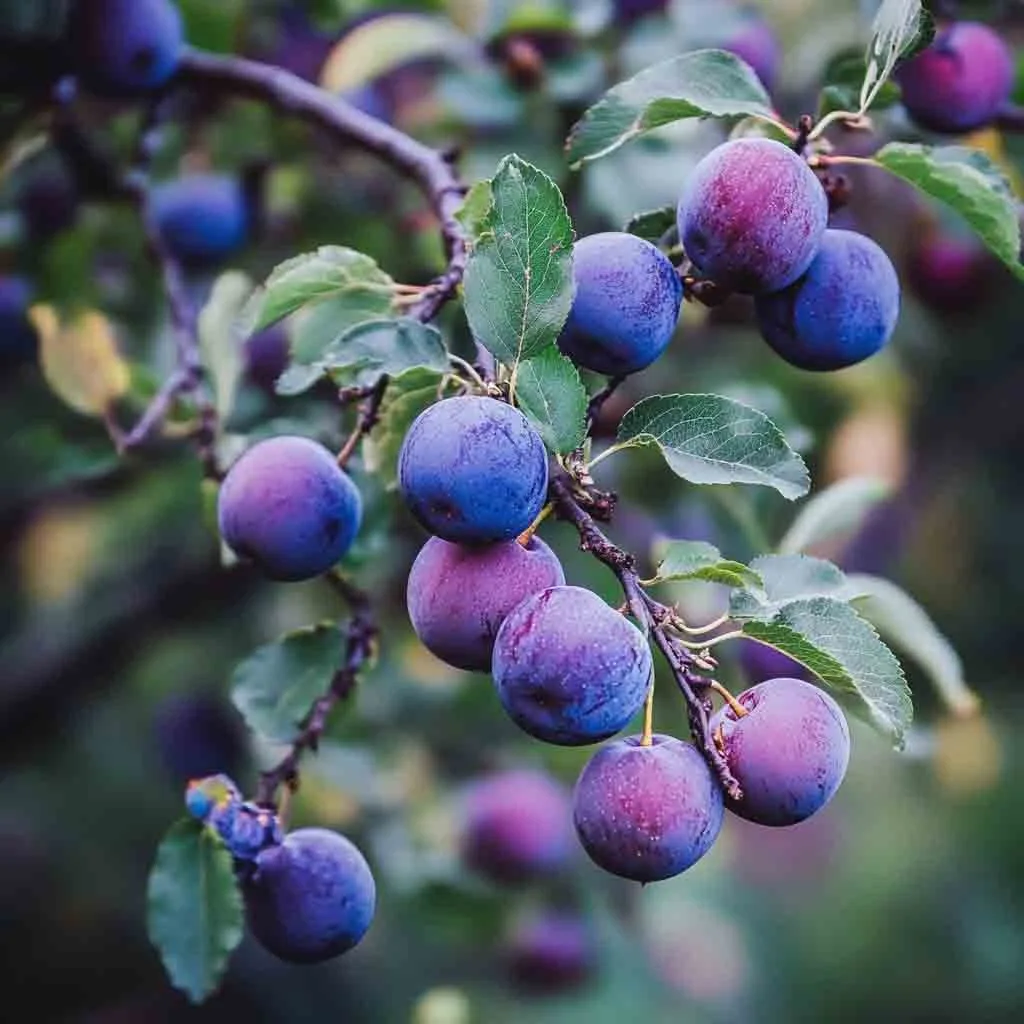
Plums are sneaky underrated. My plum tree came through with a surprising amount of fruit last year , sweet, tart, and perfect for jams.
Why They Shine:
- Prefer well-drained soil and full sun
- Do well in Central and East Texas
- ‘Methley’ and ‘Santa Rosa’ are tried-and-true varieties
Tips:
- Needs a second tree for pollination (unless self-fertile)
- Prune yearly for better yields
- Watch for fungus in rainy years
6. Apple Trees
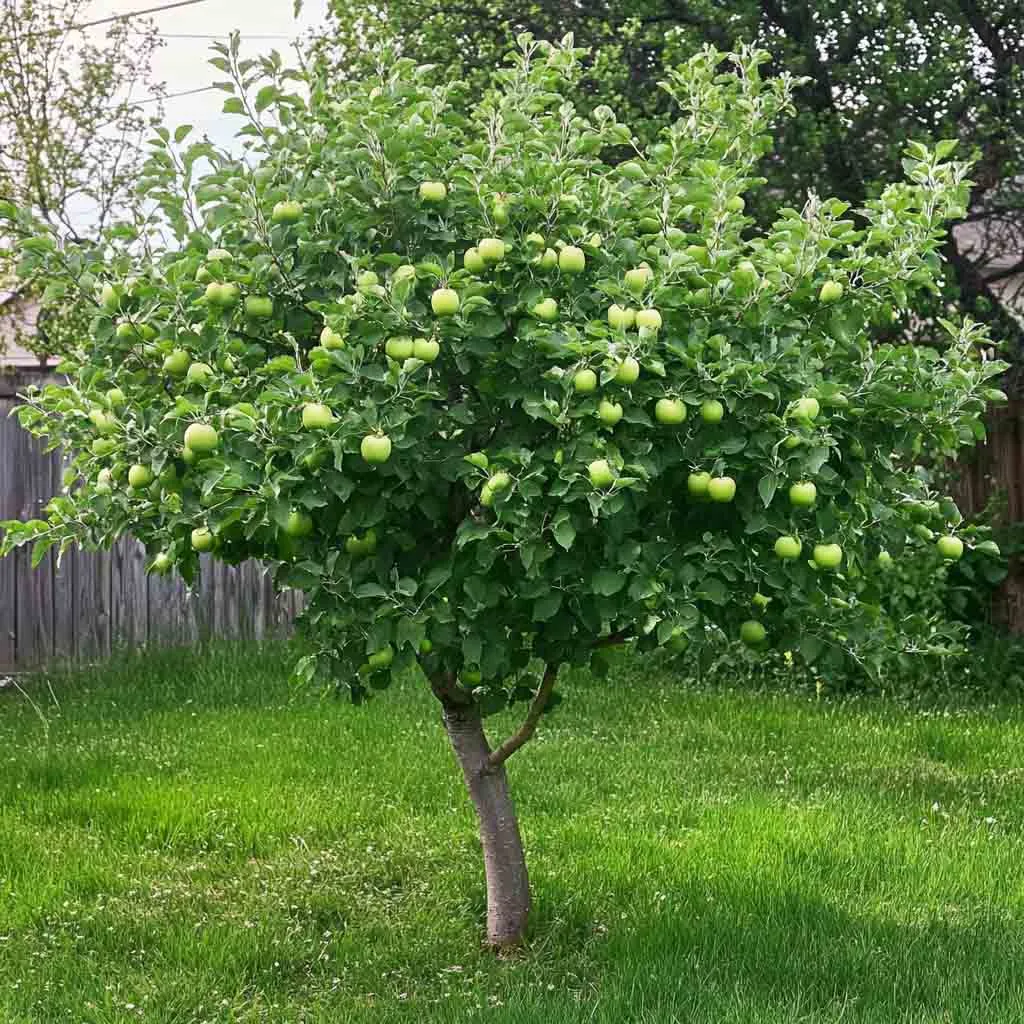
Yes, you can grow apples in Texas , but you’ve got to pick the right types. I learned this the hard way with a failed Granny Smith experiment.
Good Apple Options for Texas:
- ‘Anna’ and ‘Dorsett Golden’ (low-chill varieties)
- Thrive in North and Central Texas
- Need well-drained soil and lots of sun
Tips:
- They do better in pairs for cross-pollination
- Thin the fruit early to improve size and quality
- Water regularly, especially in the first two years
7. Meyer Lemon Trees
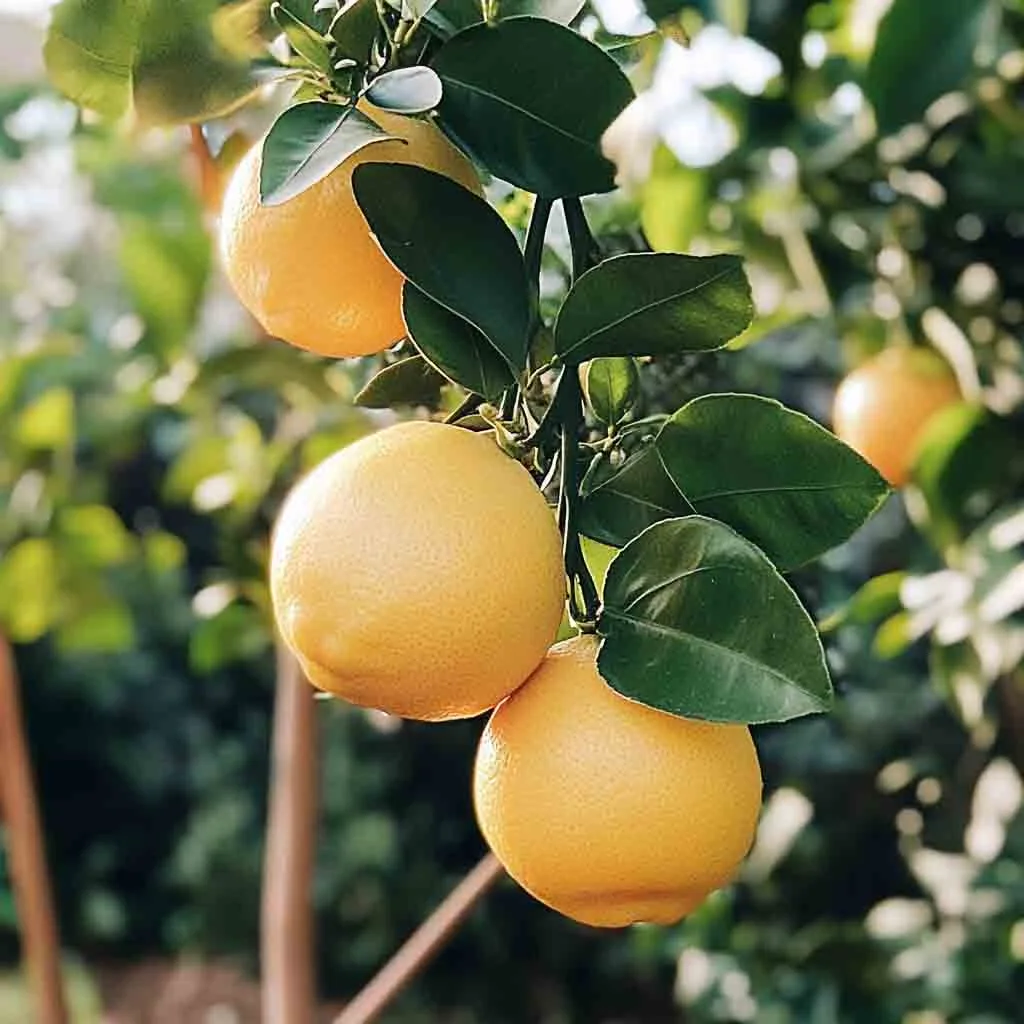
These trees are like sunshine in a pot , literally. I keep mine in a large container and bring it inside during the rare frost.
Why They Work:
- Perfect for South and Coastal Texas
- Compact size for pots or small yards
- Sweet, fragrant fruit almost year-round
Tips:
- Protect from freezes below 30°F
- Needs 6+ hours of sun daily
- Use citrus fertilizer for best growth
8. Mulberry Trees
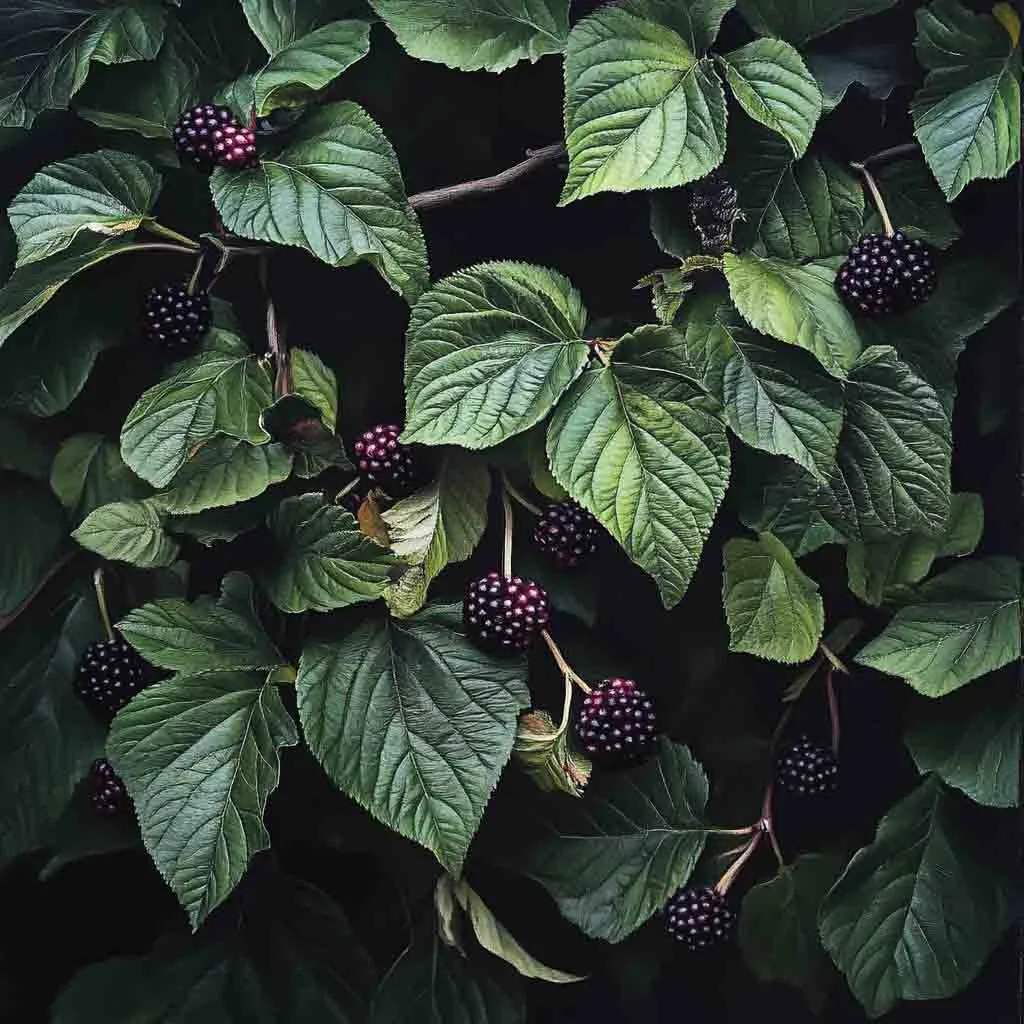
Not everyone thinks of mulberries, but I swear by them. The fruit is like a blackberry, and the birds go crazy for them.
Here’s Why They’re Awesome:
- Grow fast and tall
- Drought-tolerant once established
- Fruit is super sweet and prolific
Tips:
- Plant far from patios , fruit stains!
- Prune to control size
- Great for wildlife and shade
9. Jujube Trees
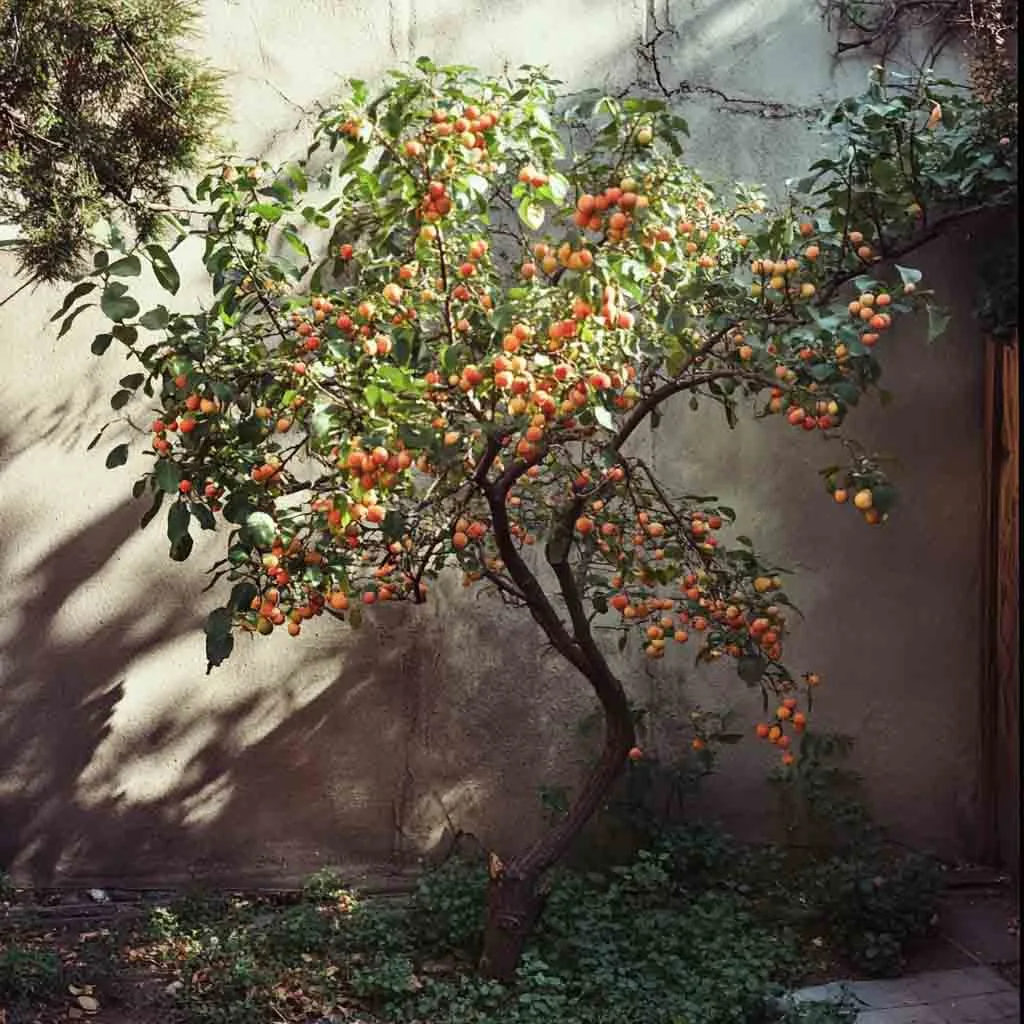
Think of these as the desert warriors of the fruit tree world. Jujubes handle Texas heat like champs and give crunchy-sweet fruit.
Their Winning Traits:
- Extremely drought-tolerant
- Thrive in West and Central Texas
- Little to no pest or disease issues
Tips:
- Need full sun all day
- No special soil requirements
- Fruits taste best when fully ripened on the tree
10. Pears (Asian and European)
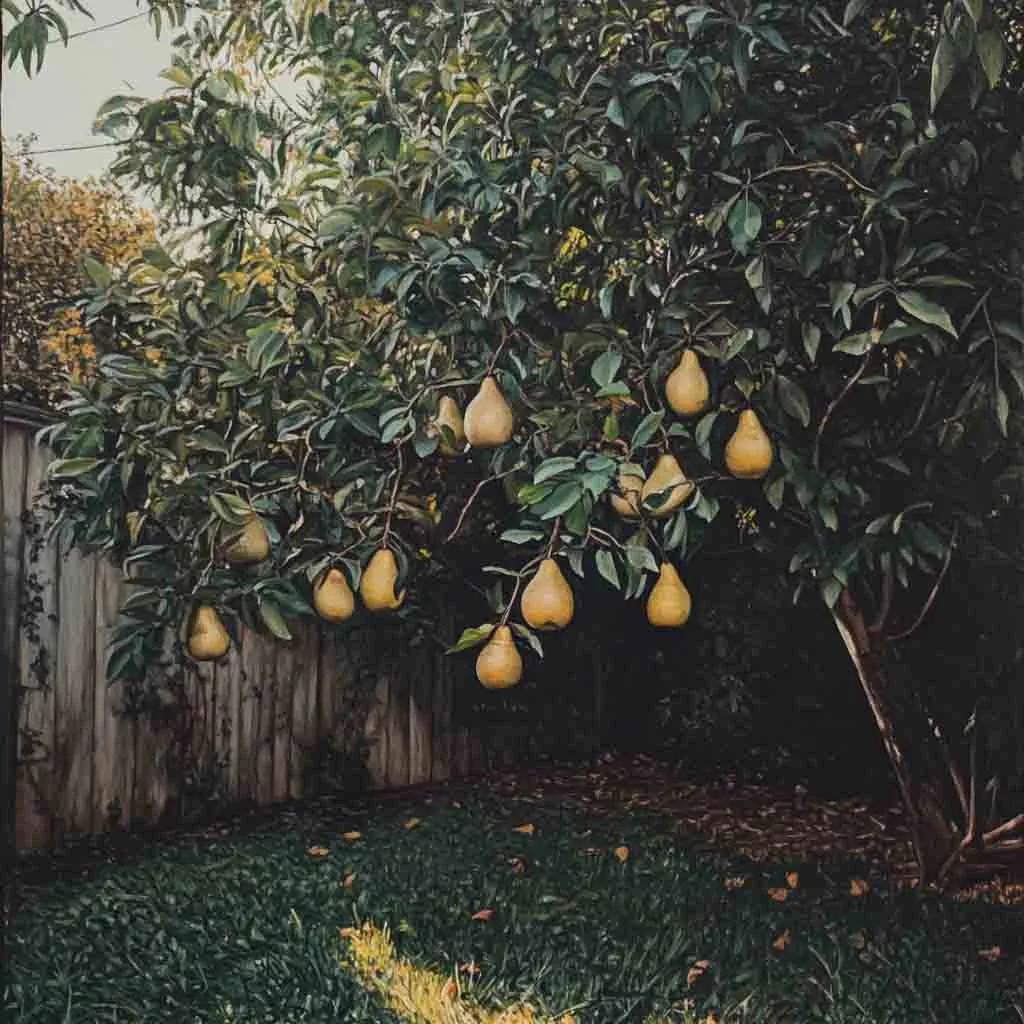
Pears do surprisingly well in Texas , especially Asian varieties. I’ve got a ‘Shinseiki’ and it’s low-fuss, high reward.
What Makes Pears Great:
- Tolerate clay and loamy soil
- Some are self-pollinating but better in pairs
- ‘Kieffer’, ‘Orient’, and ‘Shinseiki’ are top picks
Tips:
- Watch for fire blight , prune and dispose carefully
- Harvest when firm and let ripen indoors
- Keep trees thinned to improve airflow
11. Satsuma Orange Trees
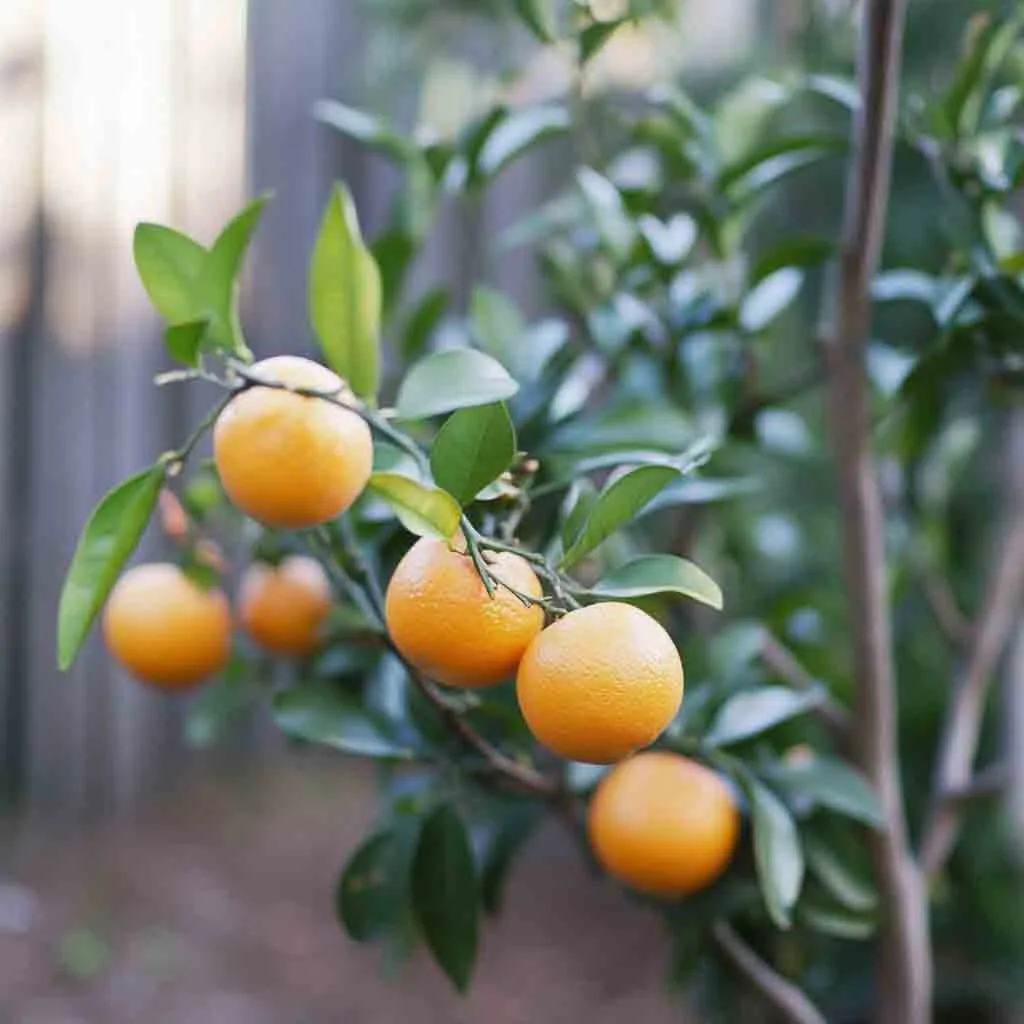
If you’re along the Gulf Coast, Satsuma oranges are a citrus dream. Sweet, easy to peel, and frost-tolerant (to a point).
Why Texans Love Them:
- Cold hardy down to 20°F
- Delicious fruit by late fall
- Great for coastal or South Texas
Tips:
- Cover or move during cold snaps
- Water consistently in hot months
- Fertilize three times a year (Feb, May, Sept)
12. Apricot Trees
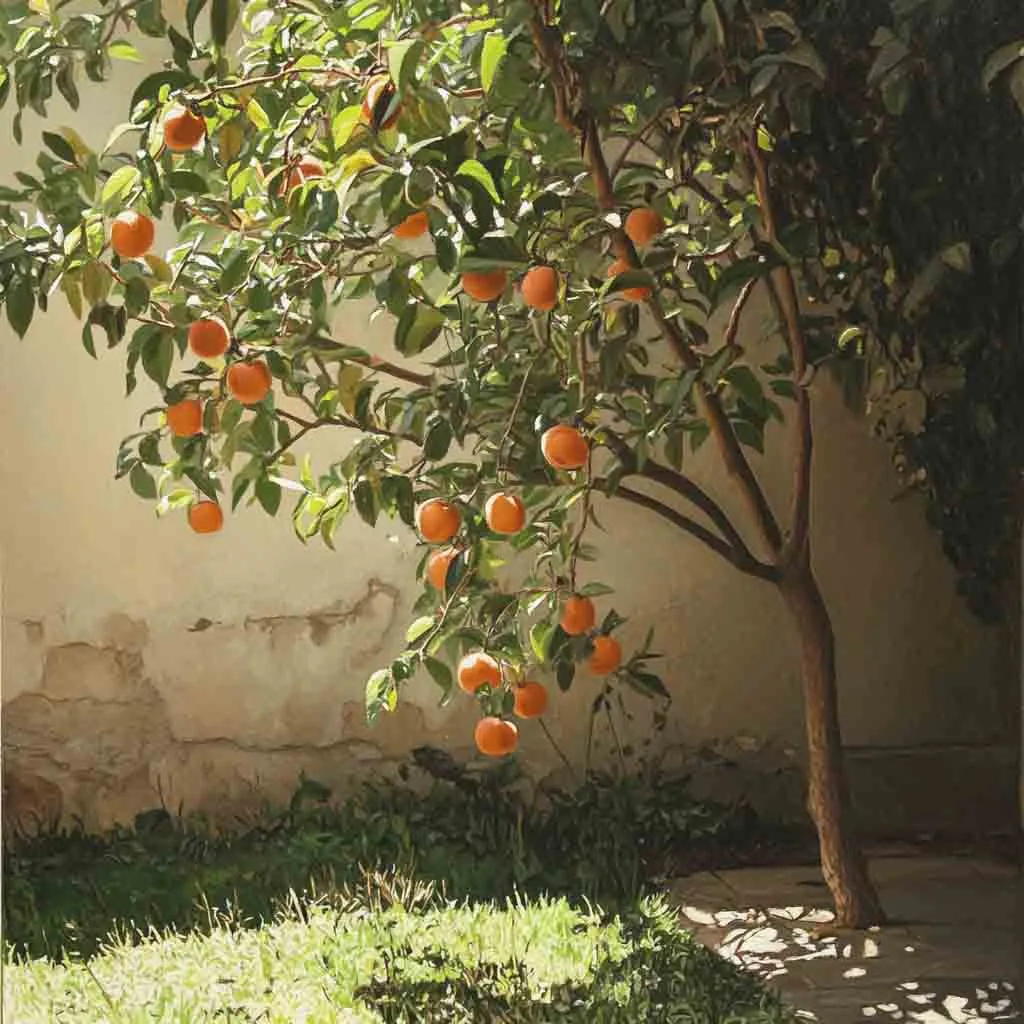
Apricots are a little fussier, but when they thrive, they really thrive. Best suited to North and Central Texas.
Key Highlights:
- Need cold winters (not ideal for far South Texas)
- ‘Moorpark’ and ‘Tilton’ are best adapted varieties
- Sweet, fragrant fruit when ripe
Tips:
- Protect early blooms from late frost
- Needs good drainage
- Pollination partners help boost yield
Common Mistakes to Avoid When Growing Fruit Trees in Texas
Even with the right trees, I’ve learned a few things the hard way. Here’s what to watch out for:
- Ignoring your zone , Texas is huge, and what works in Austin might fail in El Paso.
- Planting too deep , The root flare should always be visible.
- Overwatering , More trees die from soggy roots than drought!
- Not pruning , Skipping this can reduce fruit and invite pests.
- Skipping chill-hour research , Some fruit trees need cold , and Texas doesn’t always deliver it.
FAQ: Growing Fruit Trees in Texas
What is the best time to plant fruit trees in Texas?
Late winter to early spring is ideal for planting. This gives roots time to establish before the summer heat kicks in.
Do I need to fertilize my fruit trees?
Yes , but not too often. Use a balanced fertilizer 2–3 times a year, depending on the type of tree and soil conditions.
How much sun do fruit trees need?
Most fruit trees need at least 6–8 hours of full sun daily. The more sun they get, the better your fruit will be.
Can I grow fruit trees in containers?
Definitely! Meyer lemon, figs, and even dwarf peaches do great in pots. Just make sure the container has good drainage and enough space.
What’s the easiest fruit tree for Texas beginners?
Fig trees are probably the easiest. They’re forgiving, grow fast, and produce loads of fruit with little fuss.
The Bottom Line: Make Your Texas Yard Delicious
Growing fruit trees in Texas is totally worth it , as long as you know what works with your zone, your soil, and your time.
Whether you’re dreaming of juicy peaches or want something drought-proof like pomegranates or figs, there’s a tree out there that’s perfect for your backyard.
And hey, if you’re anything like me, once you plant one, you’ll want a dozen more.
Let your Texas yard work for you , and bring the harvest home.

